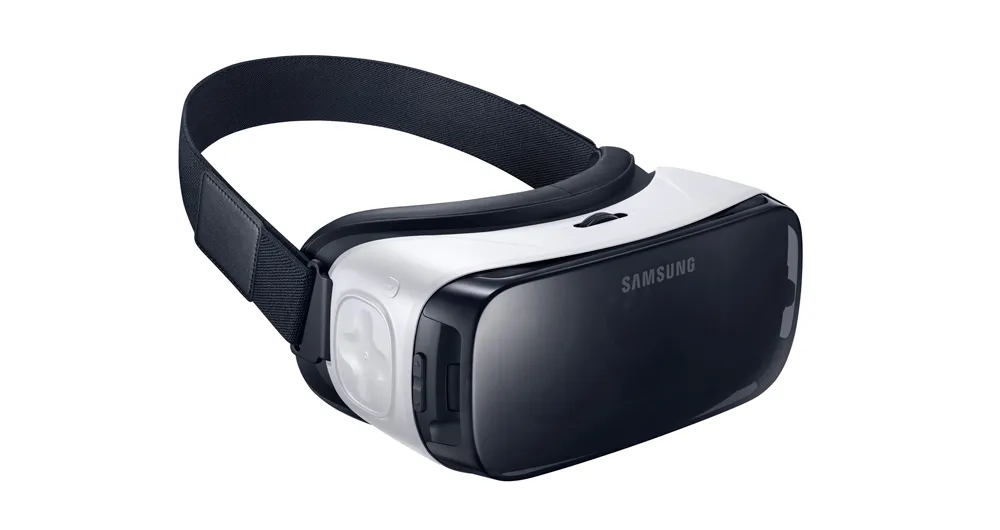The launch of the first consumer Gear VR without a social SDK in the hands of developers raised some questions about what kind of features and support owners can expect to have inside their shiny new headsets over the course of a two-year contract.
I reached out to Oculus for clarification because Samsung is releasing new phones roughly twice a year and some carriers offer special plans to upgrade devices every year. Getting stuck in a two-year contract could be incredibly frustrating for people investing in the Oculus platform if these first consumer headsets aren’t supported for a long time. For example, a few high profile apps like EVE: Gunjack and Land’s End launched without versions for the Note 4, which was the first phone to work with the Gear VR Innovator Edition released in late 2014.
Here is what I heard back:
Oculus always encourage developers to target the widest possible range of devices – this is good for them and for users. From time-to-time technical considerations may mean that some older devices can’t be supported, but that’s a developer choice and we’re available to assist with optimization as much as possible. The vast majority of new content will likely work for devices on about a 2-year cycle.
For Oculus developed content, and with the launch of the first consumer version of Gear, it will follow at least a 2-year timeline. Again, it is up to devs to optimize.
So it seems Oculus plans for its internally developed apps and software to be supported for “at least” two years. The statement from Oculus, however, focuses on the “consumer version” of the Gear VR and might not provide solace to owners of the Note 4. The device was a glorified developer kit anyway and wasn’t meant to be supported along with a unit geared toward a broad set of consumers, so it isn’t surprising to see some apps delayed or not optimized as well for that phone.


























